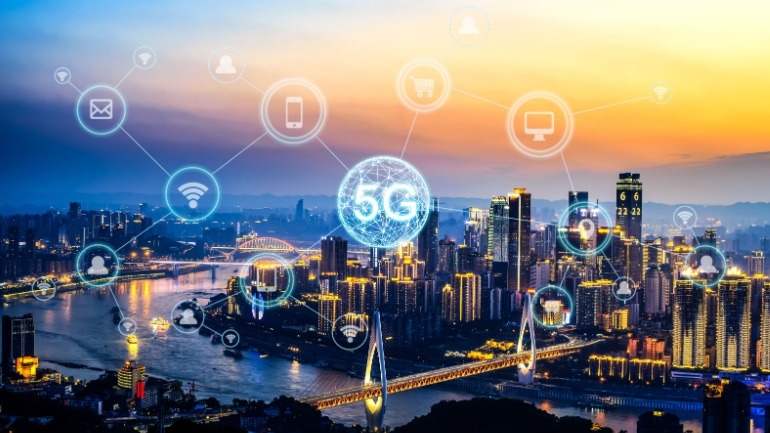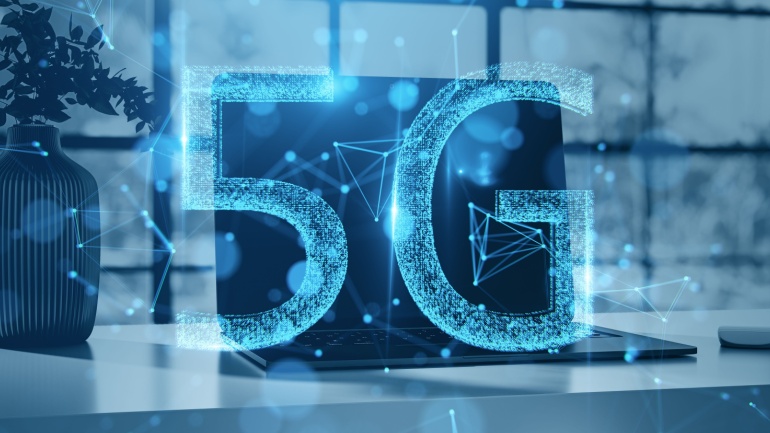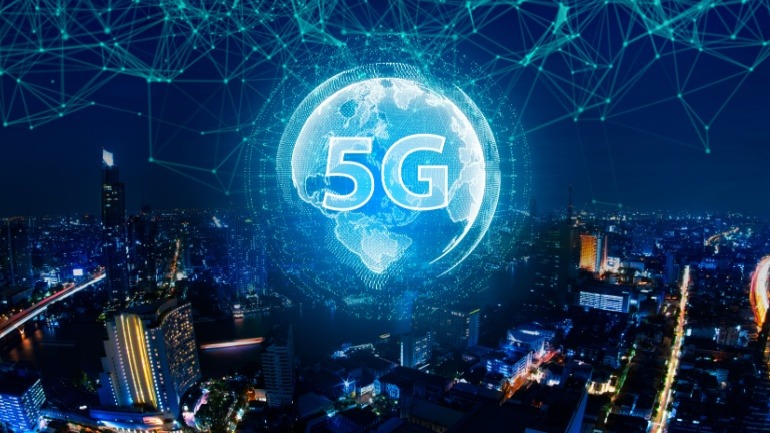Nokia, Telia, and the Finnish Defense Forces achieved a world-first by successfully demonstrating seamless 5G standalone slice handover across borders. Conducted during a Nordic defense exercise, the trial proved the potential of secure, uninterrupted communications for mission-critical operations.
At NAB Show 2025, Verizon and NVIDIA unveiled a portable private 5G network powered by edge AI and accelerated computing. Designed for live broadcast workflows, the system uses real-time AI to prioritize key video moments, boosting viewer engagement and production efficiency—anywhere from stadiums to remote sites.
O2 Germany is rapidly expanding its rural 5G network, adding 1,600 improvements and 100 new sites. Now covering over 97% of Germany’s population, the expansion enhances connectivity in both urban and remote areas. O2 aims to boost network capacity and improve service along transport routes.
China Mobile, the largest mobile carrier globally, is set for significant 5G infrastructure expansion in 2025, aiming for 2.8 million base stations. With a surging 5G subscriber base, making up 55% of users, and rising financial performance, this move positions China Mobile as a leader in the mobile network industry.
Vodafone Idea has kicked off its 5G network launch in Mumbai, leveraging Nokia’s energy-efficient technology. Utilizing an AI-powered Self-Organizing Network, Vodafone aims to enhance 5G performance.
Ericsson, Volvo Group, and Bharti Airtel have joined forces to revolutionize Industry 4.0 and pave the way for Industry 5.0 in India through a groundbreaking research collaboration. By integrating 5G, XR, and AI, this partnership aims to transform manufacturing, enhance processes in real time, and position India as a hub for industrial innovation.
Ericsson and Ooredoo Qatar’s collaboration heralds a new era of digital transformation with strategic 5G solutions targeting enterprises and the public sector. This partnership promises to enhance connectivity, boost efficiency, and support sustainability by deploying private networks for vital sectors.
Telness Tech expands into the U.S., partnering with T-Mobile to empower MVNOs through automation and 5G connectivity. CEO Martina Klingvall calls it a milestone in global expansion, enhancing flexibility and scalability for operators.
Vodafone UK and Ericsson have successfully harnessed innovative sleep mode technology to cut energy consumption at 5G and 4G sites. This eco-friendly approach lowers costs and carbon emissions by powering down during low-demand periods.
Nokia has successfully delivered essential 5G equipment to Vodafone Idea, supporting its mid-March rollout in Mumbai, followed by Delhi, Bengaluru, and more. The partnership includes over 60,000 tech sites and advanced AirScale solutions for improved efficiency.













